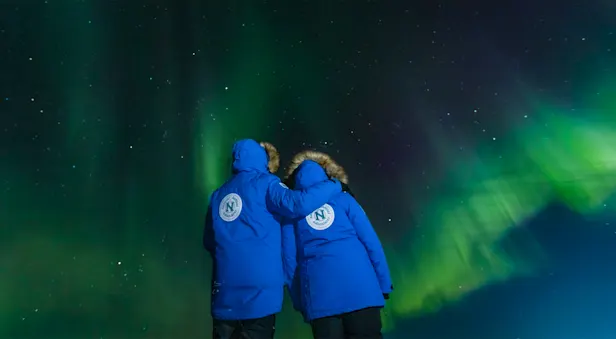Know Before You Go
Best Time to See the Northern Lights in Churchill
Is seeing the cosmic wonder of the northern lights on your travel bucket list? Do you dream of capturing stunning photos of the aurora borealis? Chances are, you’ll only have one opportunity to visit an area of the world where these colorful displays are common, so it’s worth doing some research beforehand to maximize your chances of watching this beautiful, natural spectacle.
There’s always a chance to see the aurora borealis when you visit the world’s northernmost regions, since solar activity and massive solar eruptions can happen at any time. These stellar events cause spectacular, vibrant light shows that can be challenging for travelers to catch due to their erratic, unpredictable nature.

Photo © Court Whelan
Best Time To See the Aurora: January Through March
The best time to take a trip to see the northern lights is during the longest and darkest nights of the year, typically January through March. Churchill, Manitoba, in Canada offers one of the best places in the world to see the aurora borealis without having to journey above the Arctic Circle. This small town that hosts polar bears in the autumn and belugas in the summer also has one of the highest concentrations of auroral activity on the planet.
The swirling green and yellow ribbons of the northern lights are so bright in Churchill that they are visible during any phase of the moon. Check out this northern lights timelapse to see an impressive nighttime show from Churchill.

Nat Hab’s Aurora Pod® keeps travelers warm and toasty while they are awed by great views of the northern lights. Photo © Alex de Vries
The biggest challenge to witnessing this explosion of colorful lights in the northern skies, aside from timing, is bearing the cold. The aurora borealis is most likely to appear between 9 p.m. and 3 a.m., with the most action occurring later in the night when temperatures drop to frigid levels. Nat Hab’s offers a great way for travelers to keep warm while enjoying 360-degree views of the blazing skies above.

Sometimes the aurora borealis can appear eerie, as seen here with scraggly trees silhouetted against the green and red glow. Photo © Eric Rock

























